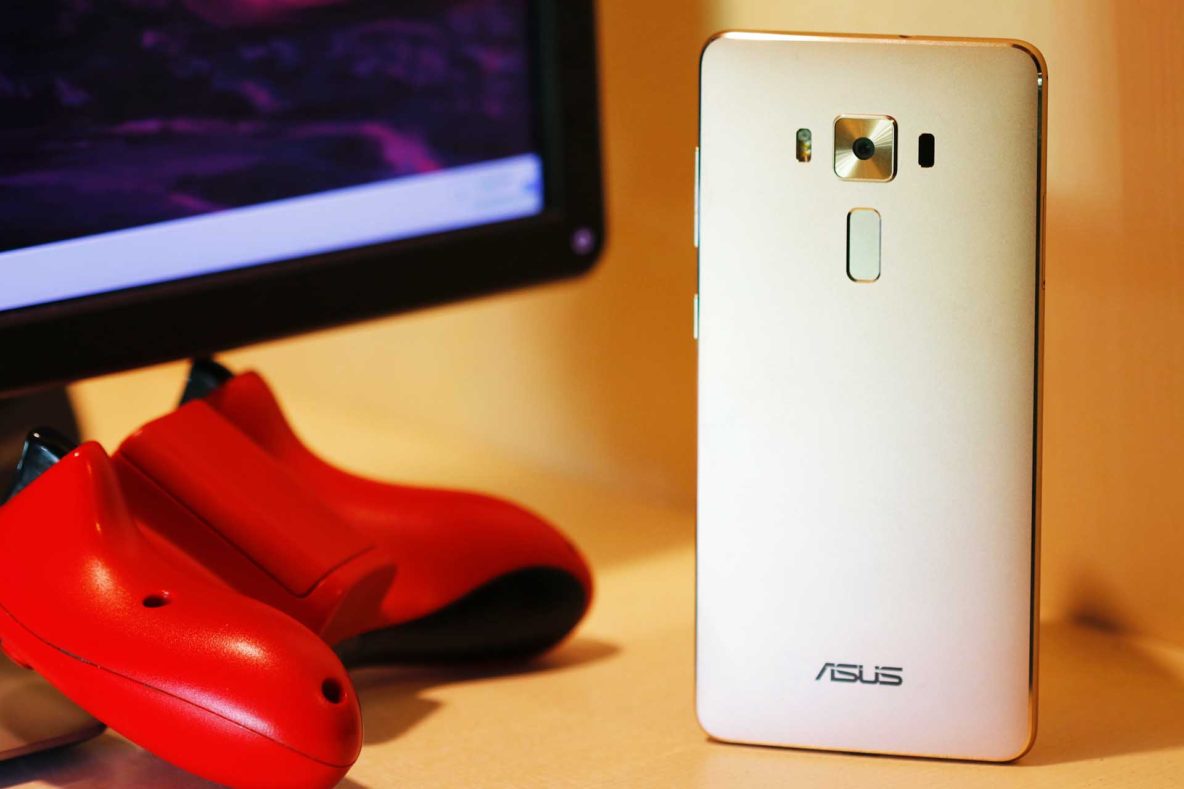1. It’s about as expensive as the Apple iPhone 7 and the Samsung Galaxy S7, but the design does not impress.
The iPhone 7 starts at P37,990, and the Galaxy S7, at P31,990, but they look more premium and feel more solid than the ASUS ZenFone 3 Deluxe. The latter doesn’t look its price. Ironic that its name has the word “Deluxe” in it.
2. This ZenFone is not water-resistant.
To command a price that’s about the same as more premium brands’ SRPs, it should at least be water-resistant. The iPhone 7 and the Galaxy S7 are IP67- and IP68-certified, respectively. That means they’re both dust proof and can be submerged under static water with a depth of 1 meter (for the iPhone) and 1.5 meters (for the Galaxy) for up to 30 minutes. The Deluxe isn’t.
3. The screen isn’t Quad HD, unlike other competing Android flagships’ displays.
Flagship smartphones such as the Samsung Galaxy S7, the LG G5, the Motorola Moto Z, and the HTC 10 feature screens that have as much pixels squeezed into them. That’s 2560 x 1440. The ASUS ZenFone 3 Deluxe’s display, on the other hand, only gets the full-HD or 1080 x 1920 treatment.
4. You can get the same specs for much less if you get the OnePlus 3.
We were able to use the OnePlus 3, and we really liked it. It’s built like a high-end phone and boasts features that are equally impressive. Think Qualcomm Snapdragon 820, 6GB of RAM, and 5.5-inch full-HD screen, among others. However, it costs only $399 (approximately P20,000), and importers like Kimstore sell it for around that price. And we’re not even talking about the latest OnePlus — the 3T — yet. That one already has Snapdragon 821 underneath its hood, but starts at just $439 (almost P22,000). On Widget City, the more expensive variant with 128GB internal storage, which officially retails at $479 or about P24,000, goes for only P25,000. Not bad.
5. The cameras aren’t as good as the iPhone 7’s or the Galaxy S7’s.
The cameras of Apple and Samsung’s flagships don’t have as high a megapixel count as the ZenFone 3 Deluxe’s 23-megapixel main shooter and 8-megapixel front cam. But let us ignore the widespread belief that a higher megapixel count translate into better-quality photos. That’s simply not true. Take a look at the comparison below. The image taken with the Apple handset shows natural colors while the one shot with the ASUS device is too saturated. And to think that we haven’t included Samsung’s S7, which we deem more superior camera-wise than the iPhone, here.
[sciba leftsrc=”https://www.revu.com.ph/wp-content/uploads/2016/12/Taken-with-iPhone-7-b.jpg” leftlabel=”Apple iPhone 7 ” rightsrc=”https://www.revu.com.ph/wp-content/uploads/2016/12/Taken-with-ZenFone-3-Deluxe-b.jpg” rightlabel=”ASUS ZenFone 3 Deluxe” mode=”horizontal” width=””]6. It has no unique standout feature.
What is this ZenFone’s unique offer? When you think about it, there’s really none. It doesn’t have an operating system that’s uniquely theirs, such as Apple’s iOS. It does not have a curved display — the screen’s not even bezel-less like the Xiaomi Mi Mix that you can justify a premium price for the phone. It does not have a modular design like the Moto Z. Perhaps bloatware (too many unwanted apps!) or the beautiful box (we can’t fault this one; it’s gorgeous) that comes with it, hmm?
7. Soon, the ASUS ZenFone 3 Deluxe will be outdated.
To give this ZenFone a better fighting chance against other high-end smartphones, ASUS Philippines should have released it on the same day or a few weeks after it was launched locally in August. It gets worse when you take into consideration the global announcement, which happened in May. Rolling it to stores in December — when a lot of manufacturers are gearing up for their upcoming hero devices — is a little too late, don’t you think?
Share this Post



